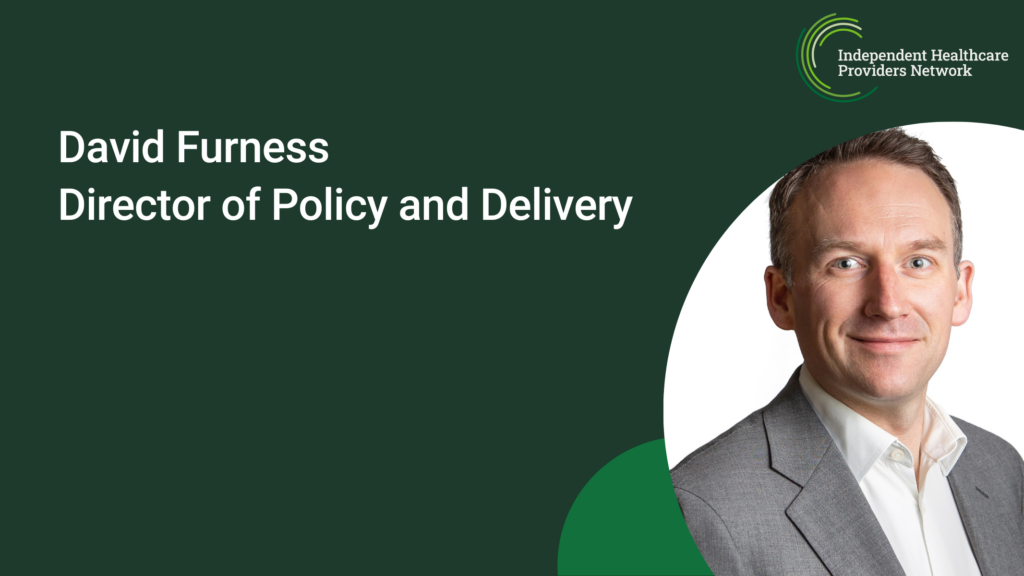
Patient choice: a new start
17/05/2024
It was in May 2023 that Prime Minister Rishi Sunak announced what amounted to a reinvigorated patient choice policy, linking the ability of patients to choose the provider of their care to bolster efforts to tackle NHS waiting lists. We know that he was influenced by IHPN and Patients Association research showing the stark differences in waiting times for the same procedure between different hospitals, meaning that patients could save weeks or months of waiting if offered their choice of provider. Since then, we’ve seen progress in strengthening the e-Referrals System (eRS) and the establishment of the new Independent Patient Choice and Procurement Panel.
But it’s been over ten years since the last major expansion of patient choice in the NHS. And over that time, choice has rarely been at the top of the NHS agenda. In that context it’s worth remembering that the strongest supporters of patient choice have always been patients themselves. As the CEO of National Voices (a coalition of patient charities) said this week “Giving patients and their families more choice is always positive, as it helps people to make healthcare decisions that fit around their lives and responsibilities.” That’s why this week’s announcements on the expansion of patient choice into new treatment areas is so welcome.
While patient choice has to date been focused on hospital care, the Prime Minister has announced that the NHS will be expanding choice into new treatment areas, including some community and diagnostic services. The NHS will also be encouraged to expand the range of providers accredited to deliver services already covered by choice regulations.
We know that patient choice can help to reduce waiting times. But patient choice rules are also important in making it more straightforward for independent providers to offer innovative, capacity-building services for the NHS. We’ve seen the biggest expansions in independent sector NHS provision in clinical specialties where choice rules have worked most effectively – including ophthalmology where average waiting times are now lower than before the pandemic. Our hope now is that more NHS patients will be offered a greater choice of high-quality provision – whether from NHS, independent or third-sector providers – across a range of new areas. IHPN will be working closely with NHSE and government to provide ideas and suggestions about how choice can best be expanded in a way that has maximum benefits for patients.
Like London buses, you wait ages for a major announcement on choice and then two turn up at once! The Independent Patient Choice and Procurement Panel has also been busy and will shortly be producing a report aimed at removing barriers to the effective working of patient choice. We understand that the recommendations are likely to include the greater transparency around Referral Management / Clinical Assessment Centres and the publication of more and better data about the uptake of choice across NHS systems.
The Panel has also signalled that it will take a dim view of attempts to unfairly limit patient choice – something that the HSJ described as a “new crackdown on ICSs that ‘discourage’ referrals to private hospitals”. In fact, the Panel’s first review of a procurement decision was about this topic – advising that an ICB had incorrectly awarded a contract to a single provider when patient choice means that multiple providers should be accredited.
With NHS waiting lists at record levels, we believe that expanding NHS capacity through independent sector provision is the right way forward. Expanded and strengthened patient choice is the way to do that. And of course, as National Voices and the Patients Association are clear – more choice is better for patients.
